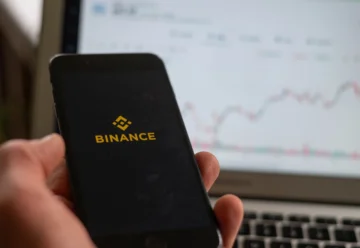LUNC Rises Amid Updates & Investor Interest in Fallen Angels
The price of the LUNC token has risen over 300% in the past two weeks, bringing the asset back into the spotlight of the crypto community.
The Terra Classic project’s LUNC token is up 176% over the past week, according to CoinGecko, as of 4:30 p.m. (GMT+3) on September 7. The growth over the last 30 days is impressive, showing 338%. The asset rose more than 40,400% from its lows during the May crisis. This has returned the project to the list of the largest ones by cap — it takes the 28th line in the CoinGecko ranking at the time of this writing.
Moreover, the current surge in performance has brought back user interest in the asset, as many people learned about it in May. On CoinMarketCap, for example, almost 1 million users added it to their Watchlists. LUNC’s rise in value provoked an increase in trading volume, which has already surpassed $2 billion daily.
But what is the reason for the current surge in LUNC’s price? There are several major factors:
- The introduction of a 1.2% burning mechanism for all swaps. Over the past 48 hours, 100 million tokens have been withdrawn from circulation in this way.
- The addition of the LUNC staking option.
- Binance and KuCoin have already supported the updates.
- The FOMO effect.
LUNC’s prospects for further growth are also evidenced by technical indicators — the 25-day and 50-day moving averages and the Ichimoku cloud. Due to the recent pump, the relative strength index is currently showing a slight overbought condition, but the RSI above 90 from the recent uptrend indicates that profit taking isn’t imminent in the next few hours or days.
Besides, analysts highlight a surge in crypto investors’ interest in “fallen angels,” financial assets that were in high demand but eventually lost their value. Obvious examples are the tokens of Celsius Network and Voyager Digital — CEL and VGX. Both projects have already filed for bankruptcy, but their token prices are up more than 1,600% and 510%, respectively, from recent lows.
The LUNC token resulted from the collapse of Terraform Labs projects and the ensuing restart of the project’s main network.











